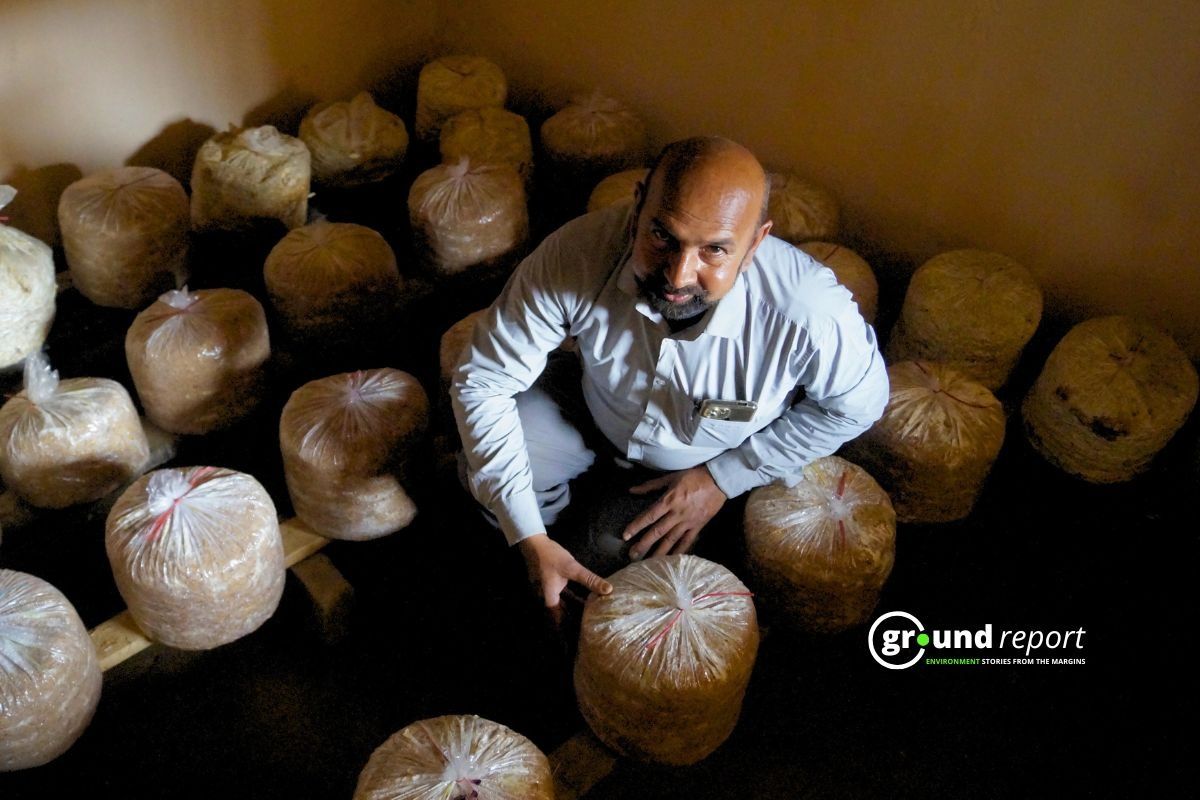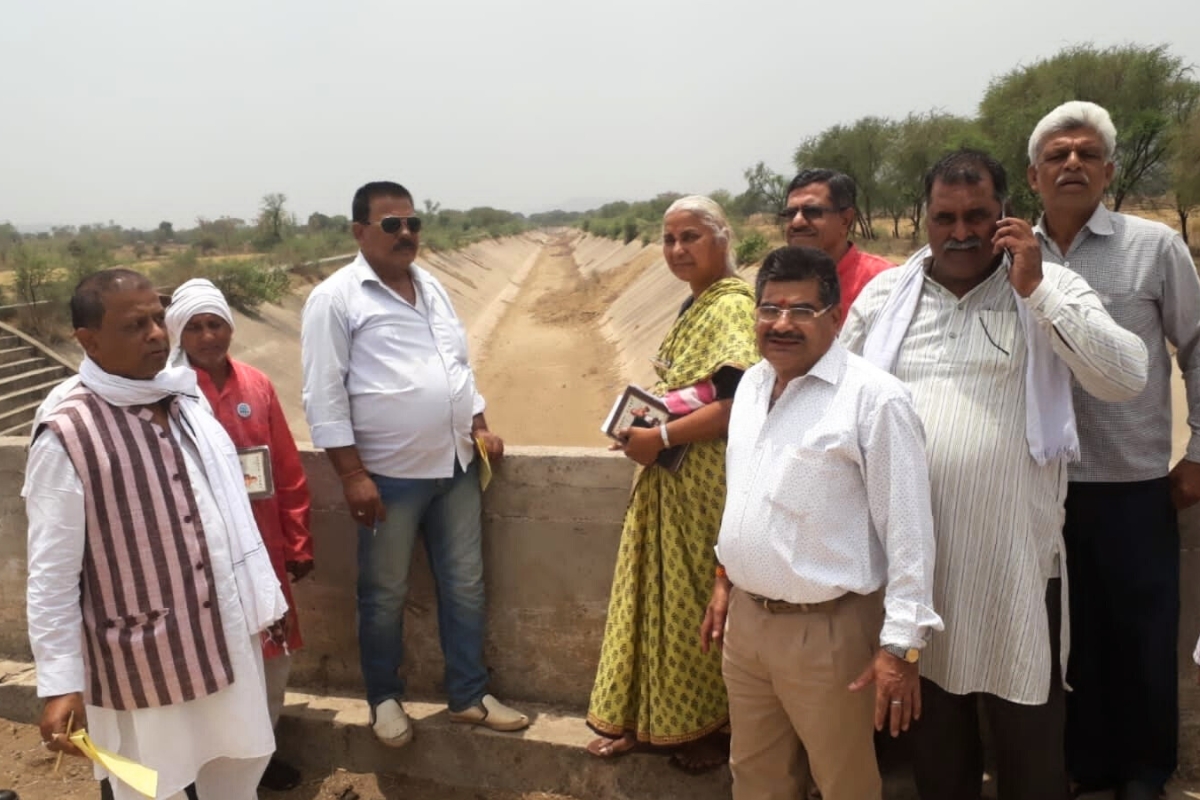Nearly a month into the Indian summer, the soaring temperatures are once again making daily life harder than the year before. Heatwave and heat stroke warnings dominate newspaper headlines each morning, underscoring the growing risks. While children and the elderly are often seen as the most vulnerable during extreme heat, there is another group facing serious health threats– pregnant women. Ground Report explores how rising temperatures impact maternal health — and what can be done to protect expectant mothers.
This year, Madhya Pradesh is expected to be hotter than last year. Reports by the India Meteorological Department show that temperatures will be much above normal, especially in the central and western regions of the state. In the beginning of April, the temperature in some districts of the state has reached the level of 40 degrees Celsius, due to which the residents are facing uncomfortable heat.
The agency estimates that this trend will continue in the summer months (April–June), with heatwave days likely to increase. Exposure to extreme heat during pregnancy is a growing public health concern in India, where rising temperatures and increasing frequency of heat waves threaten maternal and newborn health.
Twenty-eight-year-old Anushka (name changed), who is eight months pregnant, has been confined indoors for the past two months on her doctor’s advice to avoid the risk of heatstroke. Living in Pandhurna, where soaring temperatures pose a serious health threat, Anushka has stopped stepping out during the day.
Yet, despite these precautions, she continues to struggle with the oppressive heat. A resident of Pandhurna says excessive sweating has become unbearable, and the medication she is taking for her pregnancy further raises her body temperature, intensifying her discomfort.
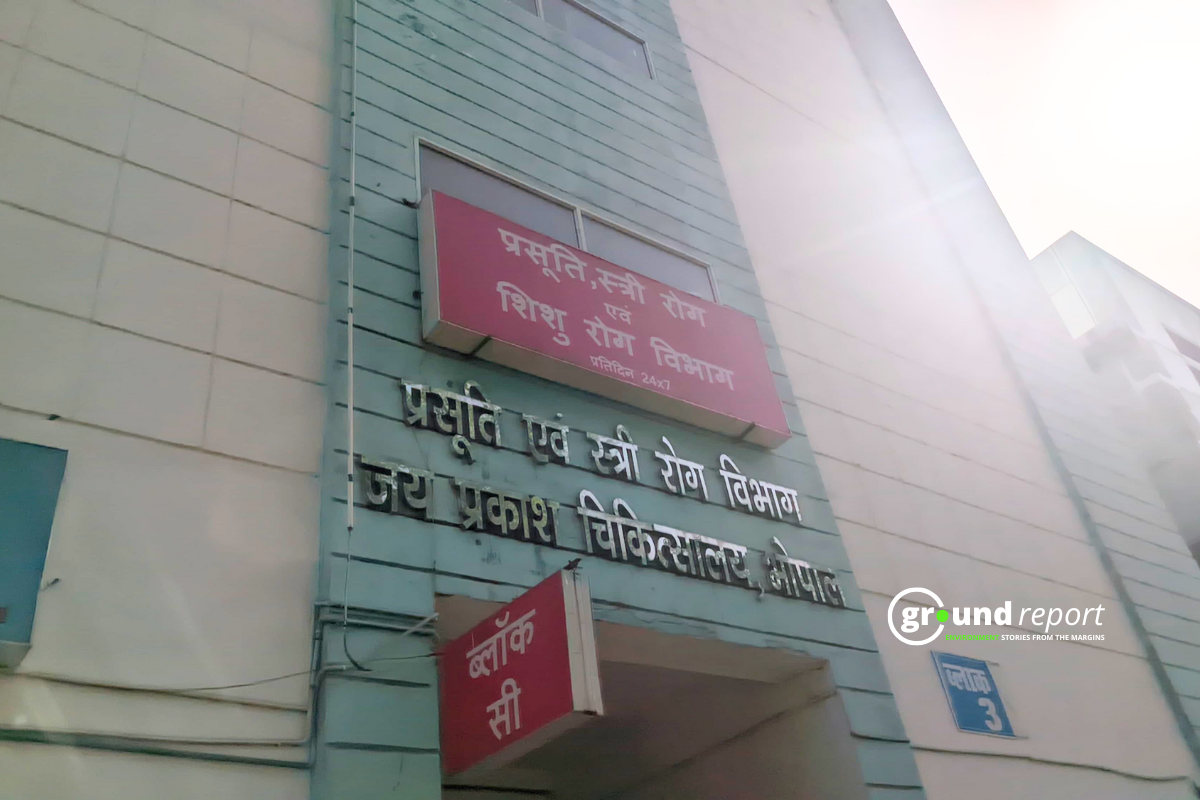
A study published in the International Journal of Health Sciences highlights the risks faced by women like Anushka. It found that for every 1°C rise in temperature during the third trimester of pregnancy, the risk of premature birth increases by 5 percent. During a heatwave, this risk can climb as high as 16 percent.
Effect of heat on pregnancy
Research has shown that heat can have serious health impacts on pregnant women. High temperatures pose significant risks to both expectant mothers and their unborn babies. In a country like India, where summer temperatures continue to rise year after year, this issue is particularly concerning.
A research paper available on PubMed Central explains that heat exposure is especially dangerous during pregnancy because of the natural physiological changes occurring in the body. To maintain body temperature, blood flow is redirected toward the skin, reducing the amount of blood — and thus oxygen and nutrients — reaching the placenta. This diminished supply can negatively affect fetal development. Moreover, prolonged exposure to heat stress can reduce the size of the placenta and alter its function, further endangering the health of the baby.
Dr. Beenish Yousuf, Gynaecologist and Associate Professor at Government Medical College, Srinagar, explains the impact of rising temperatures on pregnant women. She says pregnancy is a thermogenic state due to an increase in basal metabolic rate. Blood flow to the hands, feet, and other peripheral organs also rises, which makes pregnant women feel warmer than usual.
If the outside temperature is high, obviously it has more impact on pregnant women, especially in the first trimester when the body is adapting to new changes. It can lead to preterm labour, dehydration, IUGR [intrauterine growth restriction], and complications in pregnancy. Beenish adds
In addition, conditions such as preeclampsia and high blood pressure during pregnancy further complicate maternal health. Research shows that the risk of miscarriage doubles for pregnant women who live or work in hot environments. Moreover, exposure to extreme heat (temperatures above 31.9°C) increases the risk of premature delivery by 10 percent.
Dr. Beenish emphasizes that drawing a direct link between heat and miscarriages is complex. While heat itself may not directly cause miscarriage, she explains that heat stroke can significantly complicate pregnancy, increasing the risk.
“Pregnancy is a sensitive condition where even a slight rise in body temperature can worsen the situation,” she notes, adding that in some cases, prolonged fever may lead to a abortion. However, she cautions against attributing miscarriages solely to heatwaves, stressing that there are multiple factors that are often at play.
Rising heat and pregnant women of India
A large survey of over 100,000 pregnant women in India and Pakistan found that the risk of premature birth rises by 5 percent for every 5°C increase in temperature during the second trimester. The impact of heat is most pronounced in the first and second trimesters, when fetal development is at a critical stage.
Thirty-year-old Nikita from Bhopal recalls her experience from two years ago. She says that summer is the most difficult season for an expectant mother. “There’s a constant sense of restlessness, a burning sensation in the feet, and an urge to sit in front of the cooler all day,” she shares. “In the summer, it’s impossible to go outside, yet staying indoors without a fan or cooler is equally unbearable.
Heat hits poverty hardest
The impact of rising temperatures on pregnant women is closely tied to their socioeconomic status. The poorer the circumstances, the harder it is to survive the heat. Increased temperatures affect women across different social and economic backgrounds, but the burden falls heaviest on those in low- and middle-income countries. Compared to women in wealthier nations, they are far more vulnerable to the health risks posed by extreme heat.
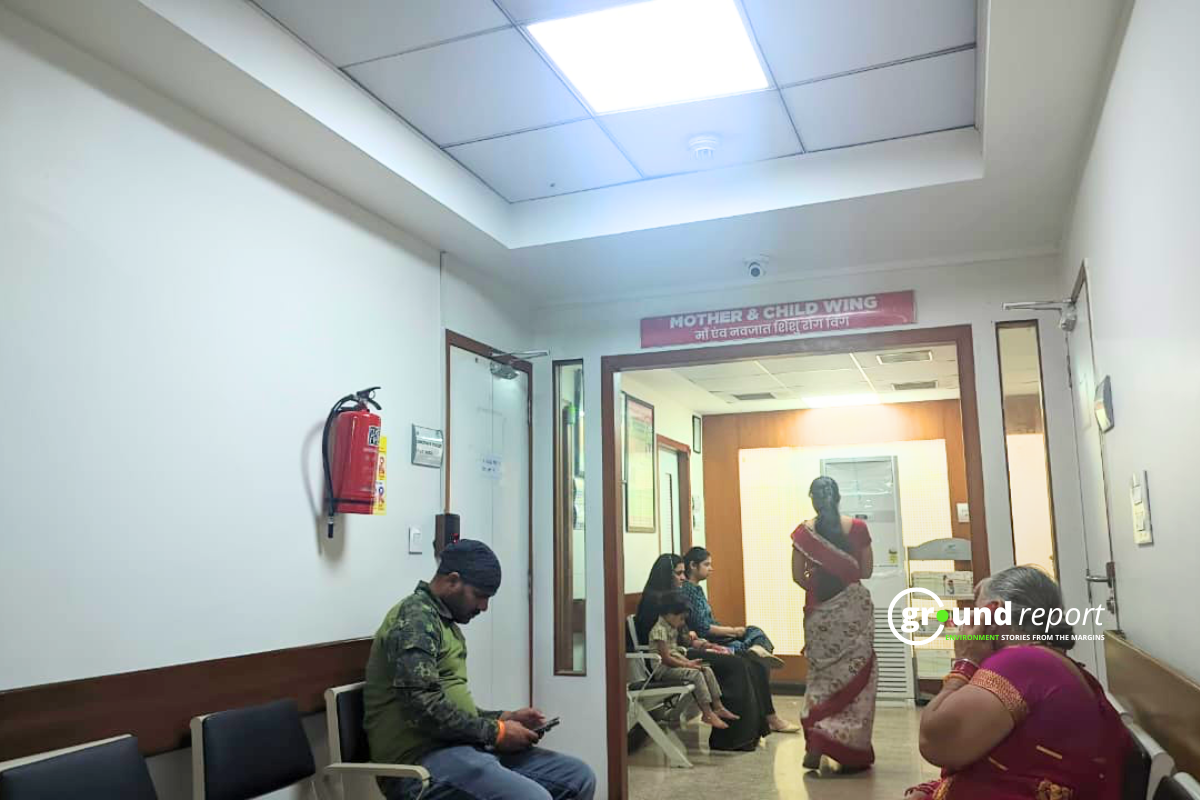
India also comes under the category of middle and low-income countries. India’s poor and working women face serious challenges from increased heat during pregnancy. For example, in 2024, Sri Ramachandra Institute of Higher Education and Research (SRIHER) conducted a major Study. This study revealed that the pregnancy of about 47.4 percent of women exposed to heat was not in good condition.
The study compared women working in informal sectors (such as agriculture, brick kilns, and construction) with women working in low-heat environments. As a result, among the women exposed to heat, 5 percent were found to have miscarriages, 6.1 percent were found to have premature delivery and 8.4 percent of women were found to have underweight babies. In comparison, among women working in general environments, these figures were 2 percent, 2.6 percent, and 4.5 percent, respectively.
It is noteworthy that these women come from that economic class who cannot take maternity leave even if they want to. Many times they have to pay the price of their unborn pregnancy for their one day’s wages.
Dr. Beenish explains it clearly–“Women who suffer heat stroke are usually those from underprivileged backgrounds who work in extreme heat.” Privileged women are less affected because they travel in air-conditioned cars and live in air-conditioned homes, she adds.
“The underprivileged population is often already malnourished, anaemic, and dealing with other underlying health complications. These factors make them more susceptible to heatstroke. While we can’t attribute every case exclusively to heat, the risk is significantly higher among women who are already malnourished and underweight. These complications are far more common among disadvantaged patients,” she adds.
Preventive measures
Expectant mothers in India should drink enough water and take environmental precautions to avoid serious risks from extreme heat. The following precautions are very important during the nine months. Medical guidelines suggest that such women should drink 8-10 glasses of water daily and even more as the heat increases. This can prevent dehydration and decreased blood flow to the umbilical cord.
Some common measures to control body temperature are avoiding strong sunlight (10 am to 4 pm), wearing loose, breathable clothes, and adopting cooling methods (fans, air conditioners, cold showers). Taking out adequate time for rest and limiting hard physical exertion is also very important for pregnant women.
Dr Beenish has a list of advises to beat the heat. Pregnant women should wear loose cotton clothing and carry an umbrella while being outdoors. It’s also important to drink plenty of fresh fruit juices and eat seasonal fruits, she explains.
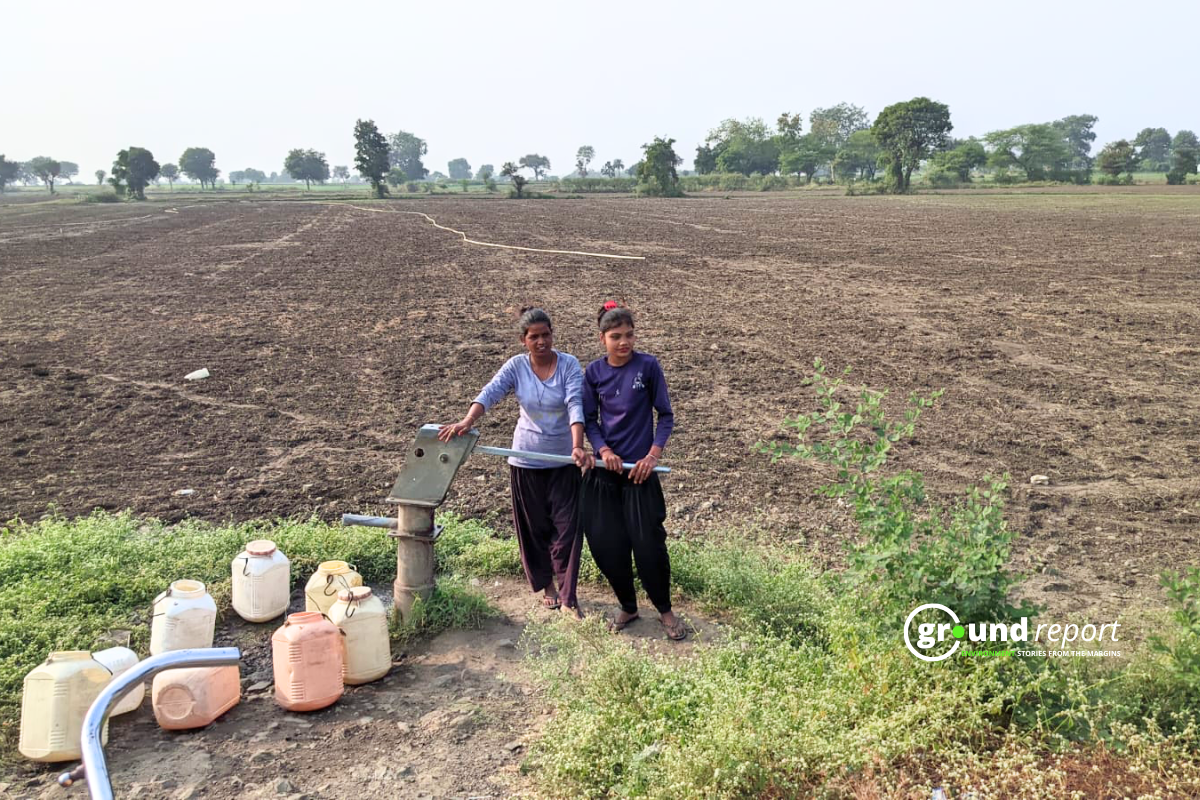
Drinking seven to eight glasses of water a day is essential. High-quality protein is crucial, especially for those dealing with rising temperatures. “If there’s a family history of diabetes or if the woman is obese, monitoring her weight is important. Most pregnant women need a balanced household diet, which should include fresh fruits, vegetables, and sufficient protein—about 1 gram per kilogram of body weight per day,” she adds.
It’s also important to keep an eye out for symptoms of heat-related illnesses, such as dizziness, headache, muscle cramps, or confusion. If these symptoms appear, medical help should be sought immediately. Routine prenatal checkups should include an assessment of heat-related risks and an individualized heat action plan.
For working pregnant women, shade, water breaks, community cooling center and changes in workload are especially necessary at the workplace. These precautions ensure the health of the mother and fetus during extreme heat.
However, it is also true that for most women in India, these precautions are a luxury that they cannot afford. For them, working for their family at home, regardless of the weather, is not an option but a necessity. In such a situation, it becomes necessary for their employers to provide work and a working environment conducive to their health.
Research shows that heat contributes to approximately 2 additional infant deaths per 1,000 births. CPR India’s 2023 heat report estimates that the number of extremely hot days in India could increase by two to four times by 2050 due to climate change. Without timely, effective action, pregnancy-related complications and infant mortality rates may rise even further.
Edited by Diwash Gahatraj
Support us to keep independent environmental journalism alive in India.
Keep Reading
Lac Insects: The tiny creatures behind nature’s resin
“The mystery that paralyzed me”: India’s growing GBS crisis
GR Impact: Bhopal admin acts on illegal soil dumping in Kerwa dam
Indore’s residential society saves Rs 5 lakh a month, through rainwater harvesting
Follow Ground Report on X, Instagram and Facebook for environmental and underreported stories from the margins. Give us feedback on our email id greport2018@gmail.com.
Don’t forget to Subscribe to our weekly newsletter, Join our community on WhatsApp, and Follow our YouTube Channel for video stories.


